A well managed business process can standardize the business process across different countries of a global organization, bring visibility and consistency in the business process, monitor and measure the business process, can have one team to manage and develop the global IT applications and can also bring several other benefits.
To develop a business process management (BPM) system a methodology and the required tools are to be well defined. The business process management tool can also act as a bridge between the conceptual designers of a business process and application developers. SAP is used in several global industries and often we face the challenge on standardizing the process across countries and also to maintain the visibility across the process integration. This leads to several changes in the customization during the deployment at different organization leading to completely different processes at different countries from the globally envisioned processes.
The tools we select for business process management should have the standard SAP business process already stored within it to accelerate the business process design, capable of integrating with the SAP system and it should be user friendly to use. There are many tools in the market place for business process modeling. Apart from the business process modeling, a tool to convert the designed process into SAP application design and to manage the relevant configuration and development for the application development is required. SAP Solution Manager is the strategic application developed by SAP to manage the SAP solution.
Business Process Modeling
There are several business process modeling tools in the market place. There are few of them designed for an IT environment predominantly using the SAP application.
Live Model
The Live model presents a graphical user interface to model the process graphically in different levels. The process model can start from a very high level and can be build to the level of a SAP transaction. This gives the complete visibility of integration between the process at a very high level and the capability to drill down to the lowest transaction level. This module can be used during the business blueprint phase of a project to model and optimize the business process.
Live Capture
This module enables to capture the actual transaction usage in a live SAP system and compare with the designed model. We can find the actual usage of the application with reference to the designed model and also the critical transactions in a process. This will be helpful to identify the gaps between the actual business process in use and the designed SAP system. This can be used to optimize the business process model to fit actual business requirements.
Live Monitor
This module is used to monitor the business activities. This can be used by the business managers to target the inefficiency in the organization and track the activities performed in the live system.
This tool will be effective only if it is used with the required standards and the procedures, the following tips will be helpful when deciding on the right standards and the procedures for using a business process tool.
- Decide on the number of levels in which the business process is to be modeled.
- Create an end to end business process model, instead of limiting a process to a particular function.
- Create an integrated model with the steps performed in other applications and manual steps. This will be required to identify the integration areas.
- Try to keep the process simple with less decision boxes.
- Define the roles and the application used for a process step.
- Define the inputs and outputs of a process and the links with other process clearly.
Some Common Certification Questions
1. Business Process Management is concerned with
a. Processes within and across applications
b. Planned or spontaneous Human interaction
c. Automating, streamlining, managing business processes
d. Moving process control from application to technology layer
e. All of the above
2. Which open modeling standard ccBPM adheres to?
a. BPEL
b. XML
c. WSDL
d. None of these
3. High-Tech industry ccBPM implementation guidelines are known as
a. RosettaNet Implementation Framework
b. CIDX
c. Marketpalce
d. SAP BC
4. Individual “Swim Lane” in BPM modelling contains
a. Business Scenarios from same company
b. Business Scenarios from same Application
5. Different Panes within BPM editor in IR
a. Header
b. Editing
c. Process Overview
d. Property
e. Output
f. Object
g. All of the above
6. Data Declaration of the Business process can be viewed in
a. Correlation in Object area
b. Container in Output area
c. Container in Object area
d. None of these
7. Which of these is not Messaging relevant Step type.
a. Receive
b. Send
c. Transformation
d. Receiver Determination
e. Block
8. Control Step can be used for, except
a. Terminate current process
b. Trigger an Exception
c. Trigger an Alert
d. Define different processing braches for process
9. Which of the following triggers process to start?
a. By receiving amessage assinged to receive step
b. Batch job by scheduling in WAS
c. Both of these
d. None of these.
10. To route response messages to the correct process instance, _______ object is used.
a. Correlation
b. Interface
c. Adapter
d. Mapping
11. Correlation handling is handled by
a. BP engine
b. Integration Engine
c. Adapter Engine
d. None of these
12. Container element can be typecasted to, except
a. simple XSD/XML Schema
b. Abstract i/f
c. Receiver
d. Multilne(vector)
e. Sender
13. Outer Container block has container element ‘O’ and inner Container block has container element ‘I’. Then which of the following is true?
a. Both ‘O’ and ‘I’ are visible in outer block.
b. Both ‘O’ and ‘I’ are visible in inner block.
c. Both of these.
d. None of these.
14. Simple Fork process step terminates when
a. All branches are true.
b. All branches are false.
c. Either true.
d. Either false.
15. Collect process pattern types includes
a. Condition
b. Receiver message
c. Append message
d. Increase counter
e. Merge message
f. Send message
g. All



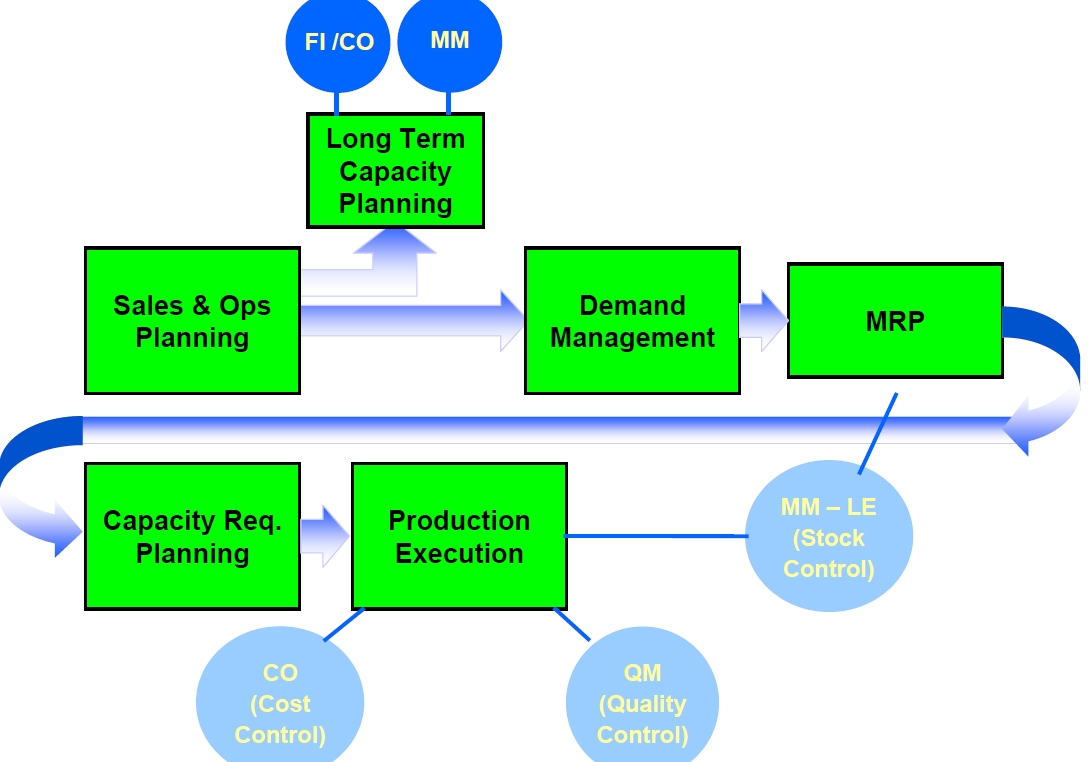

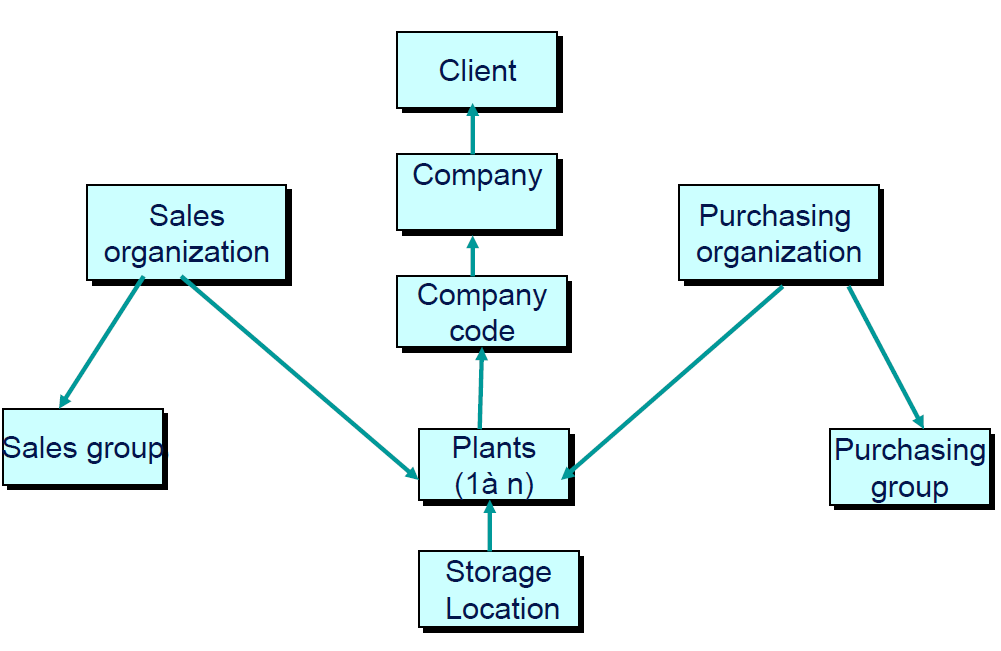
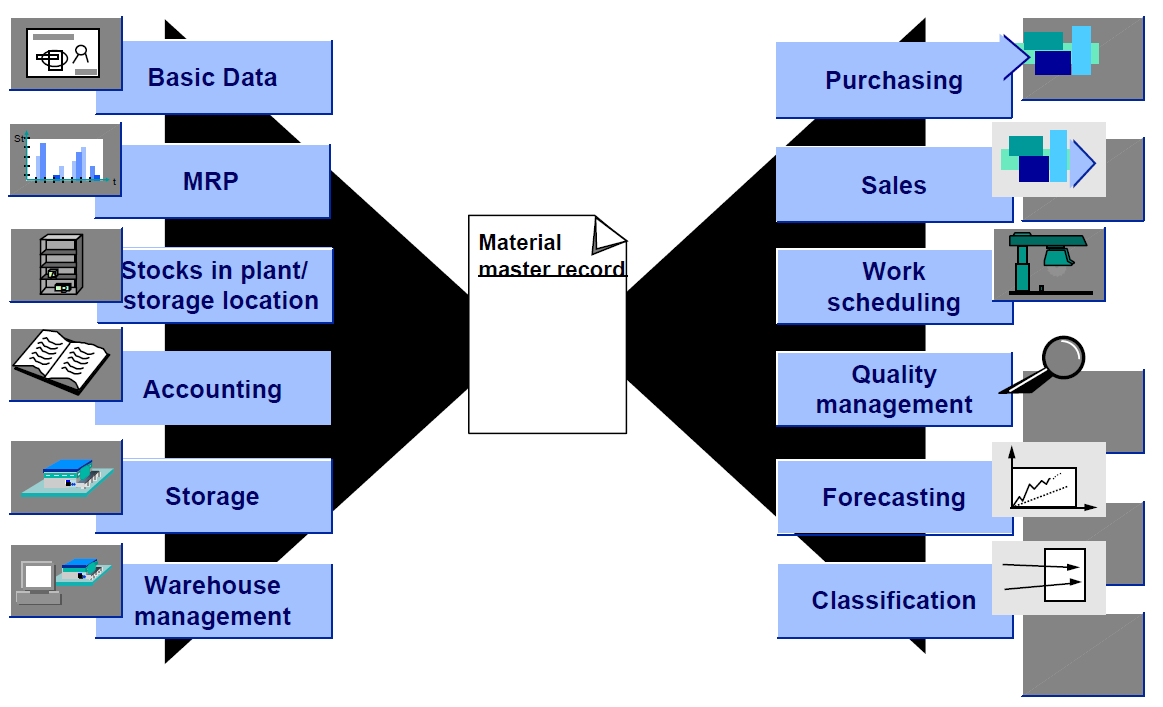
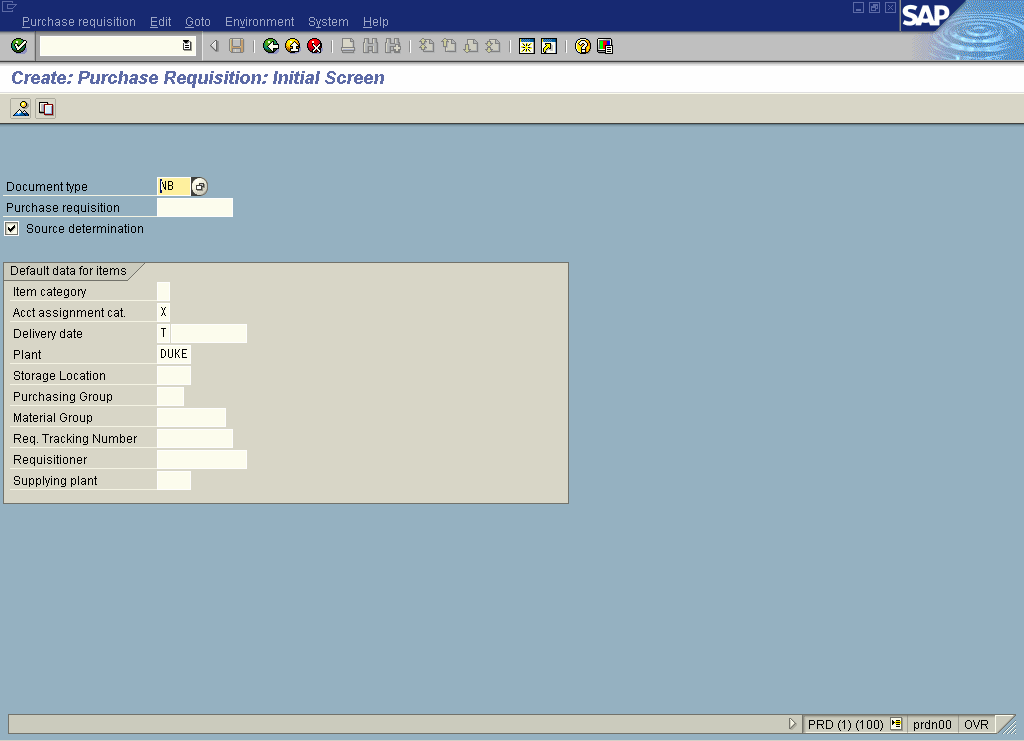
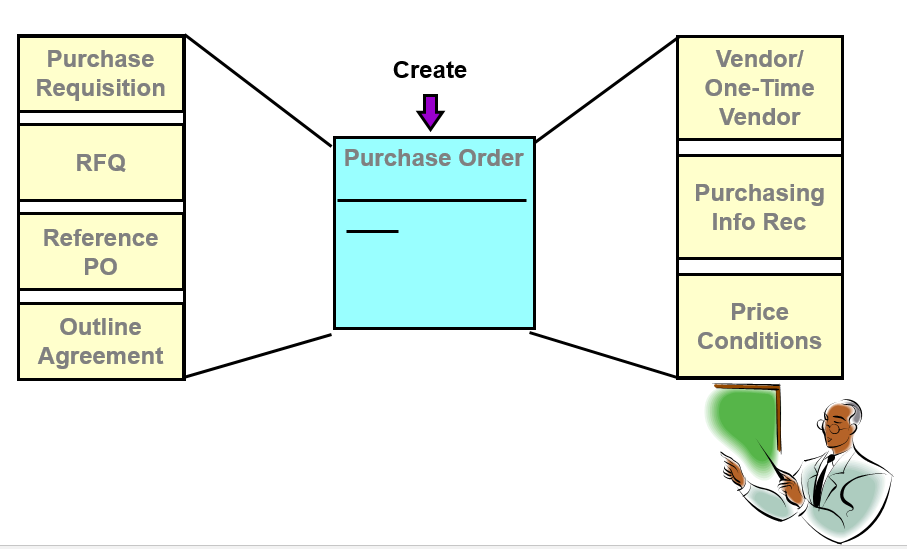
Leave a Reply